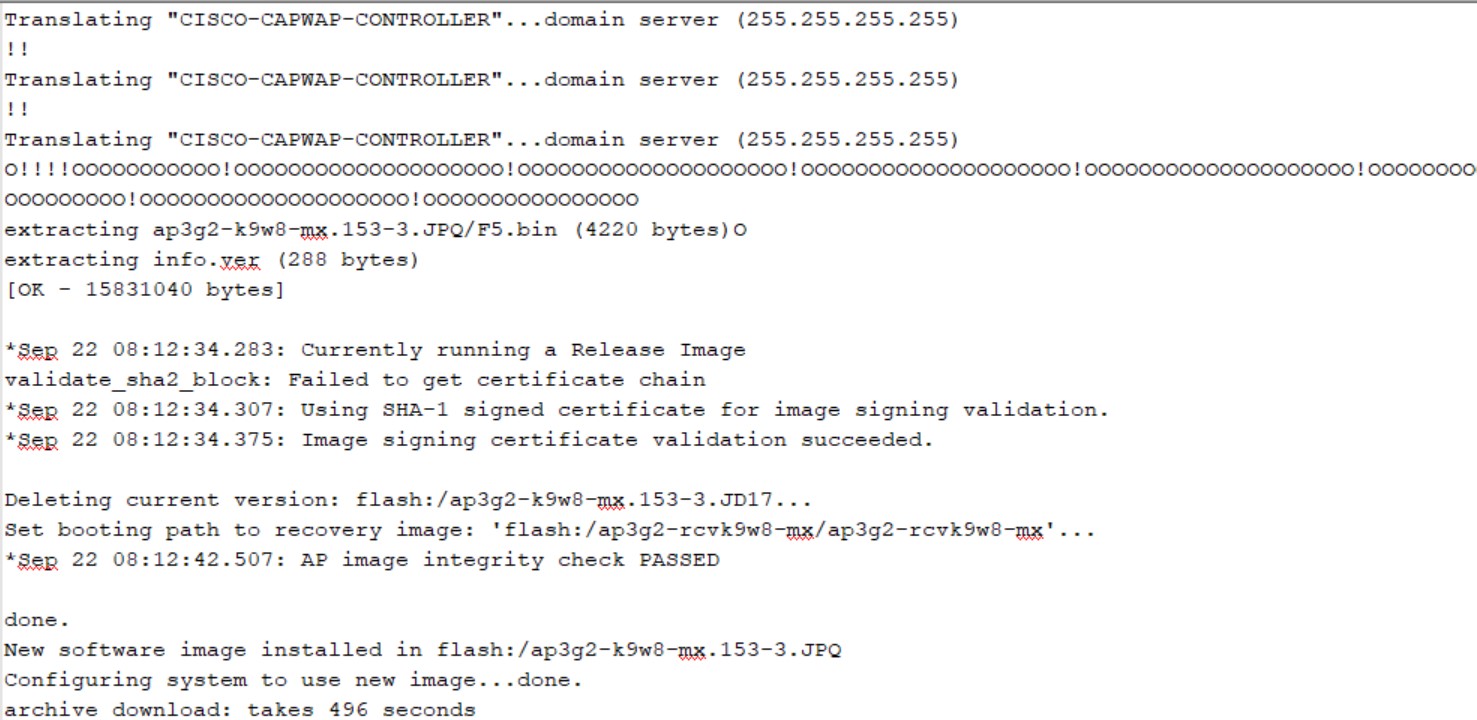DHCP (Dynamic Host Configuration Protocol) is a network protocol used to automatically assign IP addresses and other network configuration parameters to devices on a network. In some networking scenarios, you may encounter the terms “DHCP Proxy” and “DHCP Bridging mode” in the context of network controllers or routers.
These modes serve different purposes, so let us explore each one:
DHCP Proxy:
DHCP Proxy is a feature that allows a network device (often a router or network controller) to act as an intermediary or relay agent between DHCP clients and DHCP servers located on different network segments. When DHCP Proxy is enabled on a network device, it listens for DHCP requests from clients on one network segment and forwards these requests to a DHCP server on another network segment. The DHCP server then responds to the requests, and the DHCP Proxy relays the responses back to the clients.
This feature is particularly useful when you have DHCP servers serving multiple network segments or VLANs. Without a DHCP Proxy, DHCP requests from clients in different segments may not reach the DHCP server, as they may be blocked by network boundaries. DHCP Proxy ensures that DHCP requests and responses can traverse these boundaries.
- The DHCP proxy is not ideal for all network environments.
- DHCP Proxy is enabled by default, and all the controllers anchor/foreign must have same configuration for DHCP proxy.
- The controller’s virtual IP address is normally used as the source IP address of all DHCP transactions to the client.
- The real DHCP server IP address is not exposed in the air.
- Exposing real DHCP server IP would cause security issues.
- The virtual IP is displayed in debug output for DHCP transactions on the controller.
Procedure For Configuring DHCP Proxy (GUI)
- Choose Controller > Advanced > DHCP to open the DHCP Parameters page.
- Select the Enable DHCP Proxy check box to enable DHCP proxy on a global basis. Otherwise, unselect the check box. The default value is selected.
- Click Apply to commit your changes.
- Click Save Configuration to save your changes.

Now edit the new/existing interface for altering the desired settings, select from provided option the proxy mode drop-down to enable DHCP proxy on the selected management interface. Click Apply to save the configuration.
Global—Uses the global DHCP proxy mode on the controller.
Enabled—Enables the DHCP proxy mode on the interface.
Disabled—Disables the DHCP proxy mode on the interface.
When you enable DHCP proxy on the controller; the controller unicasts the DHCP requests from the client to the configured servers. You must configure at least one DHCP server on either the interface associated with the WLAN or on the WLAN.
When you disable the DHCP proxy on the controller, the DHCP packets transmitted to and from the clients are bridged by the controller without any modification to the IP portion of the packet. Packets received from the client are removed from the CAPWAP tunnel and transmitted on the upstream VLAN. DHCP packets directed to the client are received on the upstream VLAN, converted to 802.11, and transmitted through a CAPWAP tunnel toward the client. As a result, the internal DHCP server cannot be used when DHCP proxy is disabled.


DHCP Bridging Mode:
DHCP Bridging mode, on the other hand, is a configuration setting that can be applied to a network device, such as a router or a controller, to allow it to operate as a bridge rather than a router. In bridging mode, the device essentially acts as a transparent bridge, forwarding traffic between two or more network segments without performing routing functions.
When DHCP Bridging mode is enabled on a device, it allows DHCP traffic (DHCP Discover and DHCP Offer messages) to pass through the device without being intercepted or modified. This is often used in scenarios where you want to extend a single broadcast domain across multiple physical segments without the need for routing. In such cases, DHCP traffic is allowed to flow freely between segments, and DHCP servers can still assign IP addresses to clients in different segments as if they were on the same local network.
- The DHCP bridging feature is designed to make controller’s role in the DHCP transaction entirely transparent to the client.
- When the DHCP Proxy is disabled and the system is performing Bridging, packets are passed to/from the client unmodified.
- Real IP for the DHCP server is visible.
In summary, DHCP Proxy is a feature that facilitates DHCP message relay between clients and servers across different network segments, ensuring that DHCP requests reach the appropriate DHCP servers. DHCP Bridging mode, on the other hand, is a configuration option that allows a network device to operate as a transparent bridge, forwarding DHCP traffic without routing it. The choice between these modes depends on your network design and the specific requirements of your network segments.
It will take sometime to download the image and post that you need to take a reboot.
We also offer a diverse library of pre-recorded videos for any online training or buy self-paced courses.
“Get enrolled now”.







Keep Learning! Keep Growing! Keep investing!
Welcome to NetMinion Solutions, a leading education training institute/company to nurture minds and fostering a passion for learning. No matter if you are a beginner or a professional – our dedicated faculty and state-of-the-art facilities create an enriching environment where you can explore, innovate, and grow exponentially – academically and personally both.
We are committed to practical learning and provide cutting-edge lab solutions, to enhance your learning journey – including CCNA, CCNP & CCIE, data center, Wireless, Cloud, VMware, F5 -LTM, GTM, ASM, APM, Palo Alto, SD-WAN, Checkpoint, ACI and list goes on.

